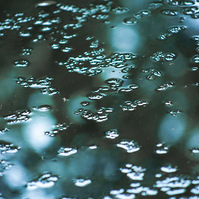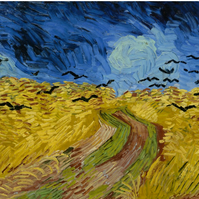What is Texture Photography
August 31, 2020Texture is a significant part of nature and abstract photography. This blog series will focus on what we can learn from art about texture, techniques to photograph texture in nature, and creative methods to capture texture.
Let’s start with understanding texture photography. Texture photography is about taking images that focus on the fine details of an object. The image showcases visually how something feels. Connected to our sense of touch, images with texture tell us something about an object; if an object is fuzzy, rough, sharp, flat, prickly. A photograph of texture, whether from nature or abstract, evokes emotions and brings up associations of other times, places, and things. When you visually see an image of texture you associate that texture with something from your own experiences. Texture conjures up other senses, bringing you back to a place or emotion, and focusing on texture in your photography forces you to really look deep into objects. Photographing the lines, thinking about the feelings, and making the fine details front and center is what texture photography is all about.
Texture is a critical component of abstract art. Along with line, color, shape, form, value, and space is texture. To fully and understand texture, we should first look at artists that used texture to define their work. The early abstract artists applied thick layers of paint to their work to create drama and to affect how light interacted with their artwork. This painting style is called Impasto. Artists used this method of accumulating paint in certain areas on a surface. This would create variations in how light reflected off of the surface, giving elements of a life-like feel. “The paint applied by using the impasto technique serves several purposes. First, it allows for the play of light in a particular way, giving the artists additional control over the effects of light on/in their painting.” Widewalls, The Importance of Impasto Painting Technique in Art
Studying impressionist painters like Van Gogh and modern abstract artists offer great examples of texture and how it impacts an image. As your review images by these artists look at the detail, the lines, the movement. How they use texture to give space, light, and structure to their work. Think about how different we would feel about these images if they lacked texture.
I search for the realness, the real feeling of a subject, all the texture around it… I always want to see the third dimension of something… I want to come alive with the object. – Andrew Wyeth
As photographers, we can capture textures as part of our image or as the actual image. Exposing fine details, lines, and using light to impact how we showcase the fine details in our subjects. In the next post, we will focus on technical strategies to capture texture in nature.















